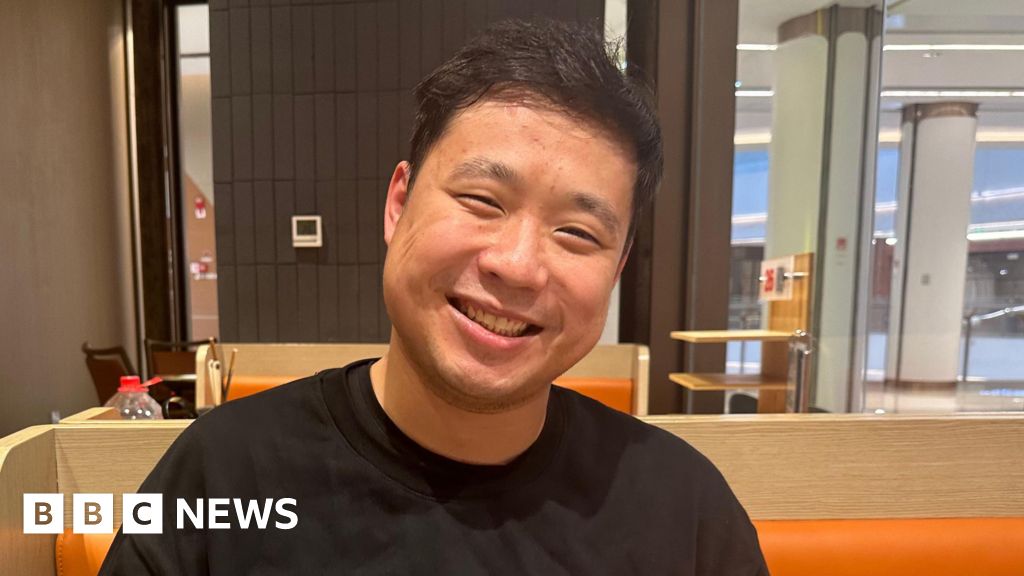World
AI-Powered Teens Are Building The Future In This Virtual World

A virtual world created within Highrise
In the rapidly evolving landscape of virtual worlds, one company is taking a unique approach by putting creators and social connectivity at the forefront. Highrise, which describes itself as “Your virtual home on the internet”, is carving out a niche by enabling creators to build their own rich, multiplayer experiences where people can genuinely connect through shared activities.
“Our mission is to connect the world through shared experiences,” explains Anton Bernstein, co-founder and CEO of Highrise. “From the very beginning, our core idea was how do we help connect people through social experiences?”
Highrise can be likened to a digital Burning Man, where participants craft their own camps, rooms, and environments, fostering a dynamic and eclectic social landscape where anything is possible. From spontaneous gatherings to curated events, like nostalgic throwback book clubs, Highrise was built to embrace the spirit of positivity and self-expression in this digital celebration of community. The game has more than 2 million monthly active users with an average play session of around 90 minutes.
What sets Highrise apart is its focus on accessibility and social features that foster meaningful relationships, rather than just providing a game engine. “If you look at Roblox and Epic Games, their DNA is very much gaming. The social is almost kind of tacked on” Bernstein notes. “We’re very much focused on the social – how do people connect with each other?”
Highrise’s social layer includes features like a rich profile system akin to Instagram, messaging with voice calling capabilities, and a constantly evolving newsfeed to help users discover and stay connected with like-minded people they meet in the virtual worlds.
The company’s approach seems to be resonating with its user base, which skews older and more female compared to other platforms, with an average age of around 18-22 and 70% women. “We focus on accessibility…the kinds of gameplay that we lean into are more like Farmville, Don’t Starve and Among Us,” says Bernstein. “These kinds of games that are more accessible, they’re usually click-to-move, isometric or top-down perspective rather than first-person immersive experiences.”
At the heart of Highrise’s creator ecosystem is the recently launched Highrise Studio, a Unity-based tool that allows creators to build and deploy 3D multiplayer worlds into the Highrise platform with just one click. While still in its early stages, Highrise Studio has already attracted around 200 creators experimenting with social experiences like virtual clubs with music, competitive games inspired by shows like Squid Game’s “Red Light, Green Light”, and open-world adventures with persistent progression systems.
“We’re rolling out educational materials, documentation, monetization and payments” explains Bernstein. “We have a subscription service called Highrise Plus, and we pass through revenue to creators based on how much time Plus users spend in their worlds.” Soon, creators will also be able to implement in-world purchases using the platform’s virtual currency system.
But Highrise isn’t just focused on virtual world creation. The platform has had a thriving creator economy for 2D isometric items and avatars for years. “Our items are 2D isometric, and to make them you need to be really good at art,” says Bernstein. To lower that barrier, Highrise runs contests called “Highrise Concepts” where users can submit napkin sketches, and the Highrise art team produces the actual items to be sold, sharing revenue with the creator. They also just launched “Highrise Ideas” – a Kickstarter-like system where users can gauge interest and pre-sell item concepts before production. Last year over 5,000 creators designed unique items, resulting in almost half a million paid to creators, with one creator bringing in over six figures from in-game item sales.
What’s particularly inspiring is how Highrise is empowering young creators who are new to coding and game development. “Some of our best creators are 16, 17, 18 and they literally learn to code through Highrise,” marvels Bernstein. “And not just Highrise, but Highrise and ChatGPT.” He recounts stories of teen creators using AI tools like ChatGPT to augment the skills they taught themselves through YouTube videos and Highrise’s tools.
The platform’s open nature, allowing creators to tap into the full Unity ecosystem and even version control with GitHub, is also a key differentiator according to Bernstein: “We’re a bit more open for developers than both Roblox and Unreal.”
Looking ahead, Bernstein sees Highrise evolving into a comprehensive social metaverse platform. “Our goal is to have literally infinite experiences that are cross-platform. If there is an experience that you’re looking to have with a friend or with strangers who could become a friend, then that experience exists on our platform.”
With its creator-centric approach, strong focus on social connectivity and accessibility for all ages and skill levels, Highrise is well-positioned to unlock new possibilities in the metaverse era. As the boundaries between virtual and real worlds continue to blur, platforms like Highrise could very well shape how we build communities and forge relationships in the digital realm.









